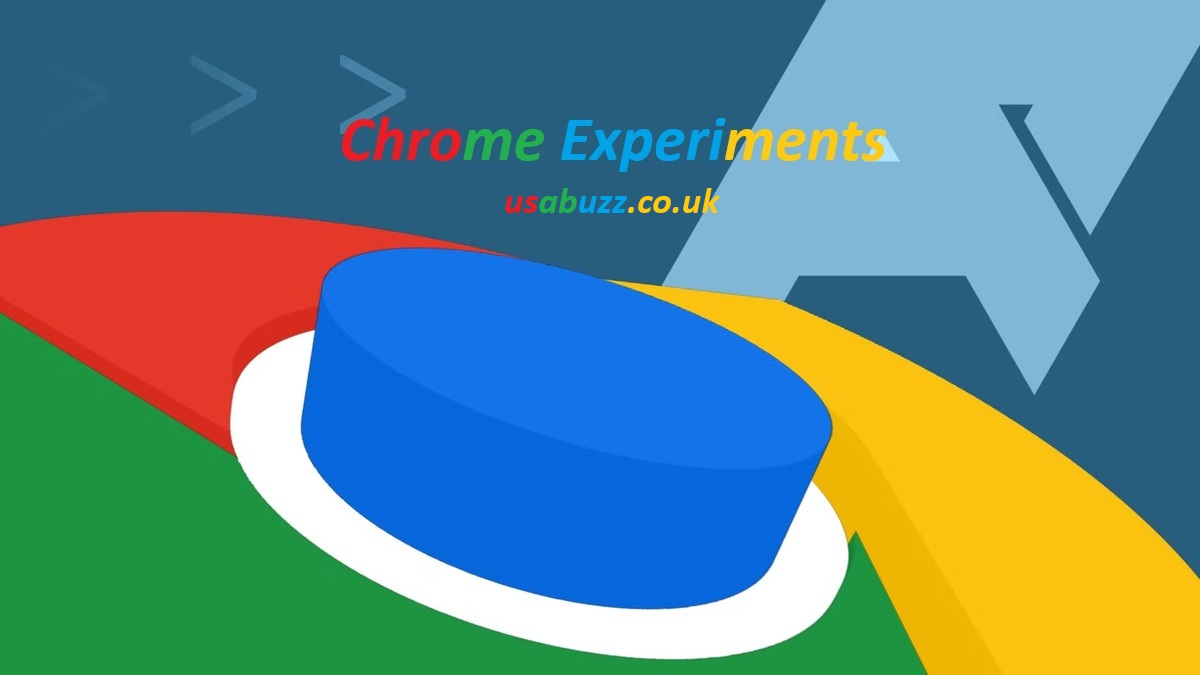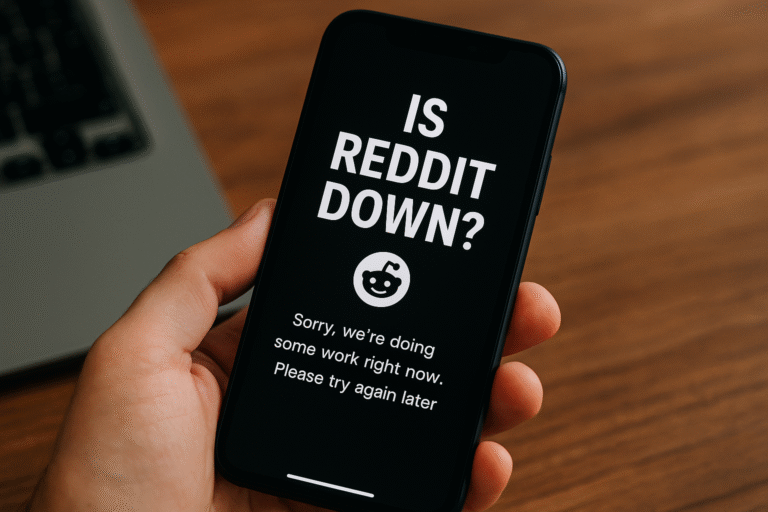
Chrome Experiments
Introduction to Chrome Experiments
Chrome Experiments is one of those hidden gems that most casual internet users don’t even realize exists. While people usually associate Google Chrome with speed, browsing, or extensions, there’s this entirely different side to it that is purely about creativity. Chrome Experiments is basically a showcase of innovative projects created by developers from around the globe, designed to push the limits of what’s possible inside a browser.
The idea behind Chrome Experiments was to turn the web into a creative playground rather than just a static tool. By encouraging developers to use technologies like JavaScript, HTML5, WebGL, and later machine learning and AR/VR APIs, Google created a platform where imagination meets code. Instead of just reading websites, people could now interact with them in artistic and fun ways.
What makes Chrome Experiments even more exciting is accessibility. Anyone with Chrome can try these projects without downloading heavy software. Whether you’re a developer, a student, or just someone who enjoys exploring unique web experiences, Chrome Experiments has something to inspire you.
The Origins of Chrome Experiments
The story of Chrome Experiments goes back to 2009 when Google first introduced it as a small collection of JavaScript-based demos. At that time, browsers were improving quickly, but many still thought they were too limited for complex visuals or interactivity. Chrome Experiments was Google’s way of saying, “Look, the web can do more than you think.”
The first batch of experiments included simple animations, interactive visuals, and creative projects that ran entirely inside Chrome without plugins. Developers loved the idea because it gave them a platform to show off their creativity while also teaching others how far JavaScript and browser capabilities could go.
Over time, Chrome Experiments expanded to include WebGL for 3D graphics, WebRTC for real-time communication, and later WebXR for VR and AR. What began as a small side project has grown into a massive community-driven hub with thousands of submissions from developers across the world.
Exploring the Categories of Chrome Experiments
One of the best things about Chrome Experiments is the way projects are organized into categories. This makes it easier to explore based on your interests, whether you’re into visuals, gaming, or even artificial intelligence.
The Art & Design section is filled with interactive visuals, generative art, and digital experiences that feel like stepping into a moving painting. Developers use code like brushstrokes, turning abstract ideas into interactive art installations. It’s proof that programming isn’t just technical—it can be beautifully expressive too.
Then there’s the Games section, which is a treasure chest for gamers. From small puzzles to fully immersive 3D adventures, these games showcase how powerful the web has become. They’re built entirely using web technologies like HTML5 and WebGL, proving that browsers are capable of running experiences we once thought only possible on gaming consoles.
Another fascinating category is Music & Sound, where you can create melodies, beats, or even entire tracks right inside your browser. Many of these projects respond to your mouse or keyboard inputs, turning your screen into a virtual instrument. And then you have Machine Learning and VR/AR, which bring futuristic concepts like AI interaction and immersive worlds into everyday browsers.
Why Chrome Experiments Matter for Developers
For developers, Chrome Experiments is much more than a collection of fun toys. It’s a place where they can learn, share, and showcase their skills to a global audience. Every project here demonstrates not only coding knowledge but also creativity and problem-solving ability.
One of the biggest advantages for developers is exposure. Having a project featured on Chrome Experiments is a big deal—it’s like a portfolio highlight that can help them land jobs or freelance projects. Employers and tech companies often notice creative developers who manage to stand out on this platform.
Additionally, Chrome Experiments encourages open learning. Many projects share their source code, giving others the opportunity to learn new tricks, frameworks, and techniques. This culture of sharing makes the developer community stronger, and it helps push the entire web development industry forward.
Iconic Chrome Experiments You Should Try
With thousands of projects available, it can be tough to know where to begin. Thankfully, some experiments have become so popular and iconic that they’re the perfect entry point for newcomers.
One early project, The Wilderness Downtown, combined Google Maps with an interactive music video. By entering your home address, the project created a personalized, emotional experience that blended art and technology beautifully. It was groundbreaking when it first launched and still remains a memorable experiment today.
Another fan favorite is Quick, Draw!, an AI-powered game where you doodle objects while the machine tries to guess what you’ve drawn. It’s fun, addictive, and showcases the potential of machine learning in a playful way. Similarly, WebGL Globe is a 3D visualization tool that turns data into beautiful rotating globes, and Chrome Music Lab makes learning music theory easy and fun for kids and adults alike.
These iconic experiments highlight the diversity of what’s possible. They’re not just games or apps—they’re proof that the web can be a space where art, education, science, and entertainment come together seamlessly.
The Future of Chrome Experiments
Looking ahead, the future of Chrome Experiments seems brighter than ever. With new technologies like WebAssembly, AI integrations, and faster browsers, developers will continue creating even more impressive projects. The line between traditional software and web-based experiences is getting thinner every year.
We can expect more experiments using AI and machine learning, making experiences more personalized and interactive. Imagine AI art studios inside your browser, or music apps that collaborate with you to generate entire songs. The potential is endless.
Virtual and augmented reality are also set to become more common. As WebXR matures, browsers will be able to host fully immersive worlds that you can explore with just a headset—or even your phone. Chrome Experiments will likely remain the testing ground for these technologies, shaping the way we experience the web in the future.
Conclusion
Chrome Experiments is more than just a website—it’s a celebration of creativity, technology, and community. From its humble beginnings as a showcase for JavaScript demos, it has grown into a massive platform filled with thousands of projects that redefine what’s possible on the web.
For developers, it’s a chance to shine, learn, and inspire others. For casual users, it’s an endless source of fun, discovery, and jaw-dropping creativity. And for the broader tech industry, Chrome Experiments is a reminder that the web is alive, evolving, and brimming with possibilities.
If you’ve never explored it before, you’re missing out on a world of innovation. Fire up Chrome, head over to Chrome Experiments, and see for yourself how creativity and code come together to shape the future of the web.


